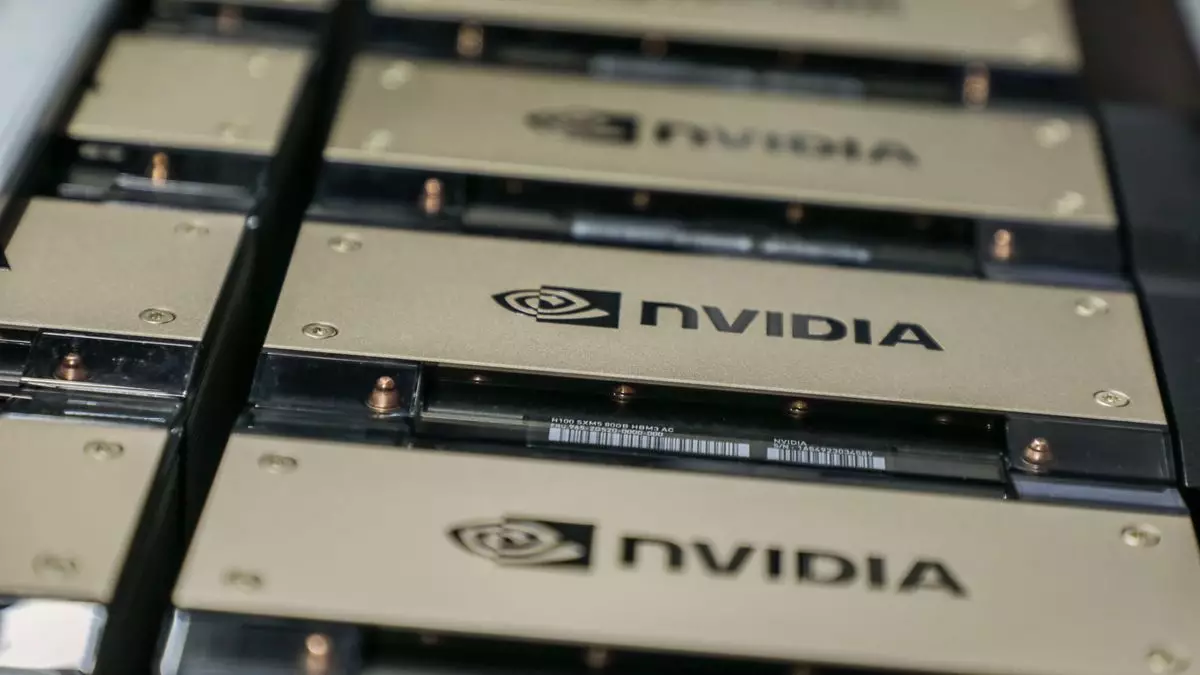The world of graphics processing has constantly evolved over the years, and at the forefront of this transformation is Nvidia, a titan in the sphere of data center GPUs. While many might associate Nvidia primarily with its graphics cards, an important yet lesser-known component of its innovation is an advanced supercomputer dedicated solely to the refinement of its Deep Learning Super Sampling (DLSS) technology. As we delve into this intriguing aspect of Nvidia’s operations, we uncover not just the power of DLSS, but the intricate systems supporting its advancement.
The Role of the Supercomputer in DLSS Evolution
The existence of a supercomputer wholly devoted to enhancing DLSS might come as a surprise to many who view GPU technology through a narrower lens. However, Nvidia has established a significant infrastructure, which includes a robust supercomputer, to facilitate continuous improvement in its upscaling algorithms. This is not just a seasonal investment; this system has been operational around the clock for over six years. It epitomizes Nvidia’s long-term commitment to refining the capabilities of DLSS, enabling users to experience higher-quality graphics without a linear increase in computational load.
Brian Catanzaro, Nvidia’s VP of applied deep learning research, highlighted this process during Nvidia’s recent RTX Blackwell Editor’s Day event. His revelation that the supercomputer is constantly tasked with enhancing DLSS technology shines a light on the depth of Nvidia’s commitment. The transition from conventional convolutional neural networks to utilizing transformer models marks a pivotal evolution in DLSS 4, and this change necessitates a robust framework—one that a dedicated supercomputer can provide.
Continuous Learning: A Long-Term Approach
One of the most fascinating elements of DLSS’s improvement is Nvidia’s approach to continuous learning. Catanzaro explained that the supercomputer isn’t just a static entity running predefined algorithms; instead, it continuously analyzes failures in real-time. For instance, when DLSS fails—resulting in ghosting, flickering, or blurriness—the supercomputer works to identify and understand these failures. By investigating the circumstances surrounding these errors, Nvidia can optimize its algorithms and enhance the overall user experience.
The dedication to this “failure analysis” allows Nvidia to compile extensive training datasets representing a wide range of graphics rendering scenarios. By cataloging what constitutes ideal graphics and identifying challenges, the company ensures that its algorithms are not just reactive but proactively improving. This methodology underscores a fundamental shift in how we perceive AI in graphics rendering, transforming it from merely a tool to an intelligent system that learns and adapts continually.
The implications of this ongoing development extend far beyond immediate gaming graphics. As Nvidia continues to enhance DLSS, it is likely that the technology will permeate other sectors including film and virtual reality, where realistic graphics are critical. As DLSS becomes more sophisticated, users on different platforms, especially those utilizing the latest RTX 50-series GPUs, stand to benefit from improved graphics quality without the need for significantly more hardware power.
Additionally, the importance of rigorous testing across hundreds of titles signifies Nvidia’s understanding of the diverse gaming landscape. It is one thing to have a formidable technology on paper, but it is quite another to ensure that it performs consistently across the myriad of game engines and artistic styles present in the gaming community today.
Despite the immense resources poured into enhancing DLSS, the journey is fraught with challenges. The landscape of gaming technology is ever-evolving, and so are the expectations of gamers. The success of DLSS hinges on Nvidia’s ability to keep pace with these advancements while also fine-tuning its models to cater to an increasingly discerning audience.
Nvidia’s supercomputer dedicated to the enhancement of DLSS is a remarkable testament to the company’s innovation prowess. By leveraging such advanced technology, Nvidia not only fortifies its position in the competitive gaming market but sets a precedent for how AI can revolutionize the quality of our digital experiences. As we look ahead, the future of graphics technology seems brighter than ever, and much of that is owed to the tireless efforts occurring within Nvidia’s supercomputer.

